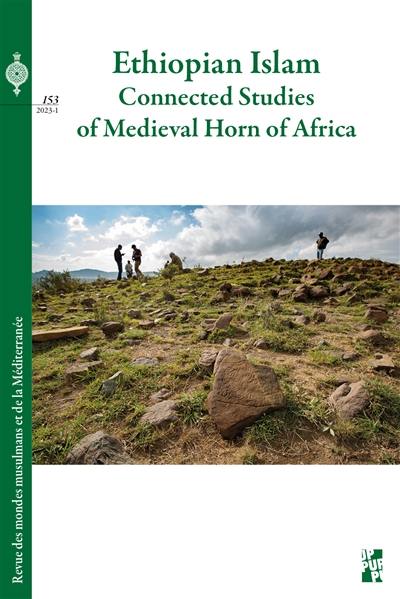
Fiche technique
Format : Broché
Nb de pages : 227 pages
Poids : 390 g
Dimensions : 16cm X 24cm
ISBN : 979-10-320-0465-4
EAN : 9791032004654
Ethiopian islam
connected studies of medieval Horn of Africa
Quatrième de couverture
Ethiopian Islam : Connected studies of Medieval Horn of Africa
Research on the past of the Horn of Africa (Ethiopia, Eritrea, Djibouti, Somaliland), and more particularly of its Muslim societies, has undergone a significant revival over the past quarter century : a more refined and better established periodization is emerging and the historical geography, still very fragmentary, is beginning to take shape.
The historiography devoted to the so-called medieval period, before the 16th century, has acquired a new coherence and visibility. The highlighting of the regional connections of the Horn of Africa in the Middle Ages places at the center of the investigation an actor who has remained on the fringe of the representations that modem Ethiopia has produced of its past since the end of the nineteenth century : Islam. But this revival is still in its initial stages.
The articles gathered here illustrate the diversity of approaches to enrich the documentary corpus and continue to make progress in writing the history of Muslims in the Horn of Africa in the medieval period. Faced with the very few written sources produced in the Ethiopian Islamic context before the 19th century, it is necessary to have recourse to all types of sources at our disposal : exogenous sources (Yemeni and Egyptian), archaeology, the ge'ez texts of the Christian kingdom of Ethiopia, but also the memory of these societies among the populations of the region in the 19th and 20th centuries.
It is only by crossing all these sources, approaches and methodologies that it will be possible to have a more precise picture of this history that is still largely unwritten.






